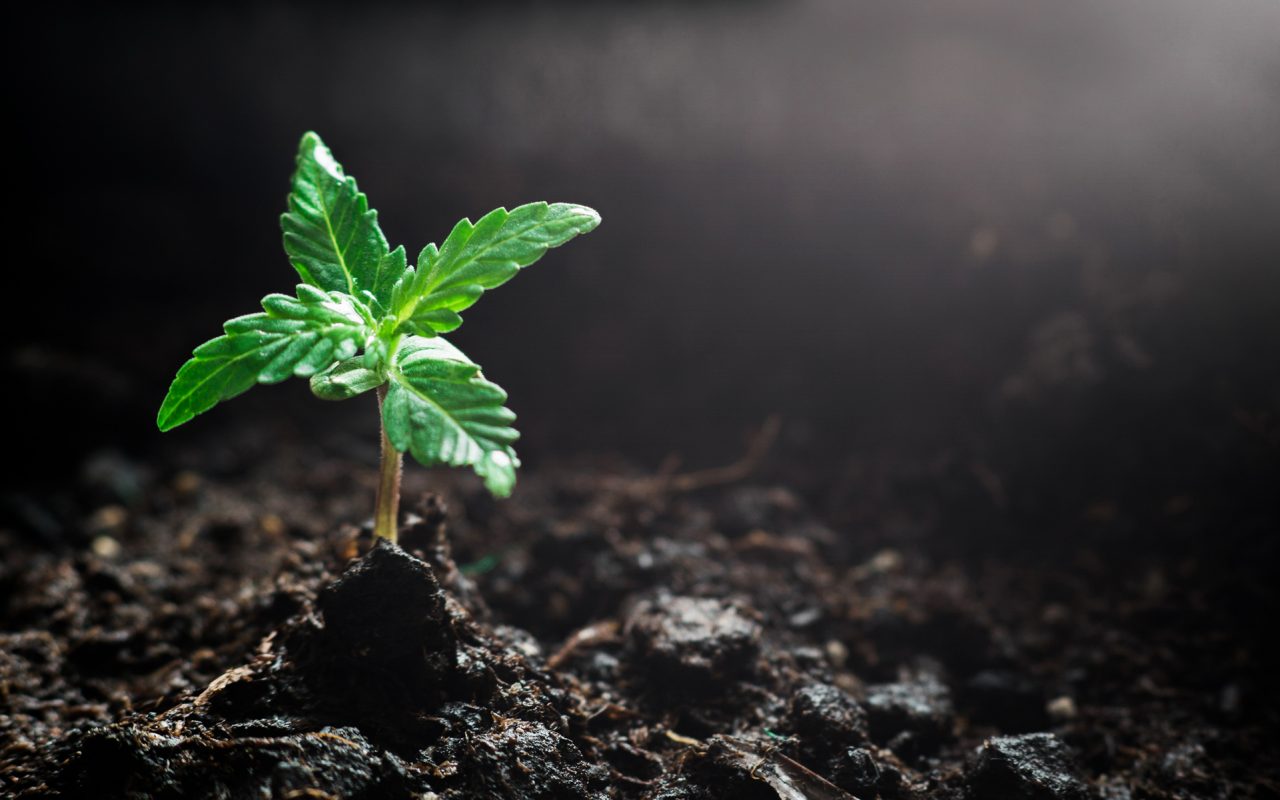
https://www.leafly.com/news/industry/why-cannabis-farmers-should-look-at-regenerative-agriculture
Sustainability is a hot-button topic that’s become increasingly important as commercial cannabis farms scale up with expanding legalization. To be “sustainable” means you’re able to maintain a level of output continuously. With farming, this means providing the correct inputs for a healthy and thriving ecosystem as you take outputs from the land. Amending soil, introducing crop diversity, and sourcing water efficiently are all part of sustainable agriculture.
For an emerging group of cultivators, sustainable farming is not answering to the needs of our environment. That’s where regenerative agriculture comes in.
What Is Regenerative Farming?
Regenerative agriculture, defined by the regenerative design consultancy Terra Genesis International, is “a system of farming principles and practices that increase biodiversity, enriches soils, improves watersheds, and enhances ecosystem services.” While regenerative agricultural practices have been around for centuries, many of these approaches have been replaced by those that favor commercial farms with large yields.
Cannabis offers an opportunity to re-address how we can support small farms with diverse, high-quality strains while meeting consumer needs. Regenerative farming provides a holistic approach to producing biodiverse cannabis that is grown consciously with the plant and the planet as top priorities. Like with wine vineyards, compassion for the plant is celebrated as farmers grow top-tier cannabis that holds unique characteristics specific to the earth it was raised in.
“Sustaining something that is failing is just not good enough for us as a community.”
Regenerative Farming in Practice
To learn more about regenerative farming in cannabis, we met with Kelly Dunn and Josh Sarvis of Dragonfly Earth Medicine in BC, Canada. Dragonfly Earth Medicine is pushing a regenerative program called DEM Pure Certification among cannabis farmers, extractors, and vendors who all work towards the common goal of generating life in their communities.
“To us, regenerative farming goes beyond sustainable because we see our agriculture system as a failing system,” Sarvis said. “Sustaining something that is failing is just not good enough for us as a community. Regenerating life on earth is the goal.”
While there’s enough on regenerative farming to fill books, here are just a few of its core principles, according to Sarvis and Dunn.
Conscious Cultivation
Conscious cultivation is at the heart of regenerative farming. This involves not only giving the plant what it needs immediately, but also giving the plant what it might need. By looking at the cannabis plant as more than a crop, regenerative farms observe where the plant fits into biology and the ecosystem at large.
Seed-to-Seed Cultivation
“Regenerative cannabis is seed-to-seed,” Dunn said. “That means you’re seeing the entire life cycle of the plant and also making your own seeds.”
While Kelly noted that some farmers might use cloning, the idea is to create your own cannabis genetics. By working with the plant in your unique environment, you establish a relationship that would change if it was grown in a different climate or by another farmer.
Improving Biodiversity
One of the most commonly recognized aspects of regenerative farming is the pursuit of biodiversity on your farm. Ways to improve biodiversity include using tools such as:
The idea is to grow plants to sustain yourself in addition to creating a habitat for pollinators and wild animals around your farm. This biodiversity is celebrated as a means to improve the land by hosting countless forms of life.
Closed-Loop Carbon Sequestration
By refraining from using any pesticides or chemical fertilizers, healthy soil food webs are created. Plants taking in CO2 use a portion of the carbon for photosynthesis (to create energy for plant) and root growth while also releasing some of the liquid carbon into the soil in an exchange for nutrients with the fungi, bacteria, and other microbes. The carbon that’s released is utilized by the fungi, bacteria and microbes and is turned into humus, a carbon-dense byproduct that successfully sequesters the carbon into the earth.
Education Outreach
Sharing growing techniques and philosophies is an essential aspect of the regenerative movement. Dunn and Sarvis drive home the importance of sharing as a means to supporting your community and protecting the mission shared by all regenerative farmers. In an industry with rapid growth moving towards large-scale agriculture, education is key to keeping consumers and farmers aware of the options they have.
Dunn and Sarvis welcome discussions with indoor farmers about how they can be DEM Pure certified, and are eager to share techniques that improve cannabis and the earth it grows in.
“We need to have respect and honor for this plant,” Dunn said. “She has given us so much in the industry—not just money. Cannabis is the source for our inspiration to practice regenerative farming in the first place.”